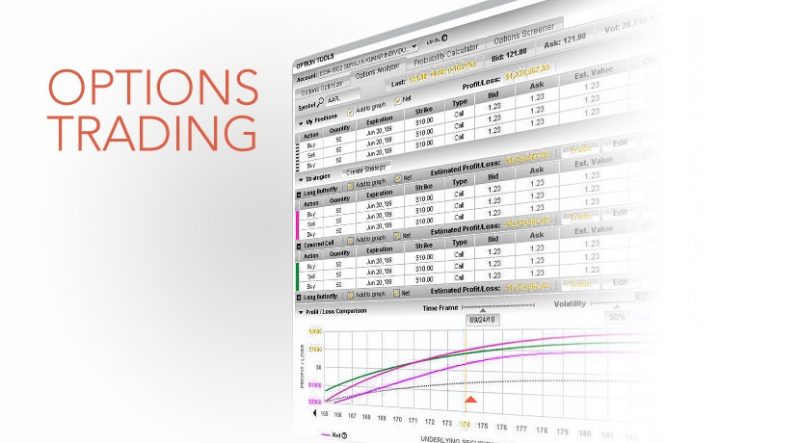How much Time is enough in Options and how it decays?

Aside from determining whether you’re going to buy a call or a put, deciding how much time to get on your option is probably one of the most critical elements in options trading. And while option trading provides so many advantages, if the clock runs out on your trade, it’s game over.
First off, as a rule of thumb in my opinion, if you’re buying an option, buy more time than less. The illustration I’m going to go over helps demonstrate the value of this idea. I should also say that I didn’t invent this idea. I read it somewhere a long time ago. But it stuck with me and made so much sense.
Check this out. Let’s say you bought stock XYZ. Let’s take a look at 3 hypothetical options:
- September 90 Call at 2.00 has 5 weeks of time
- October 90 Call at 3.25 has 10 weeks of time
- January 90 Call at 5.70 has 23 weeks of time
If you’re bullish on a stock, you’re probably expecting it to move right away. And it very well might. But what if it doesn’t?
You may have to wait around longer than you thought to see the stock do what you expected it to do. As you know, when you’re buying an option, not only do you have to be right on direction, but you also have to be right on your timing. In other words, will it move x amount between when you buy the option and its expiration?
Too many people skimp on time because it may cost them an extra few hundred dollars, but the extra time, even a few weeks, can often mean the difference between a profit and a loss.
So when in doubt, buy more time. And it makes good financial sense too.
Let’s look at those options again:
- September 90 Call at 2.00 has 5 weeks of time
Let’s divide $ 200 by 5 weeks. That equals $ 40 per week. So essentially, you’re paying $ 40 for each week of time you purchased. - October 90 Call at 3.25 has 10 weeks of time
$ 325 divided by 10 weeks = $ 32.50 per week. - January 90 Call at 5.70 has 23 weeks of time
$ 570 divided by 23 weeks = $ 24.78 per week.
This illustration shows that the January Call with the most time is the better value because you’re paying only $ 24.78 per week, as compared to $ 32.50, and $ 40 for the others.
Now if the January is a little too expensive and you really don’t think you need that much time, the October is still a better pick than the September. So not only are you paying less for each week of time that you get to hold onto that option, the additional time will serve you well by giving you a greater opportunity to see the stock move in your direction.
Moreover, since time decay deteriorates the fastest (within the last 45 to 30 days prior to expiration), the additional time gives you more of an opportunity to stay out of that critical time period when time decay works against you the most. And as you approach that window of rapid time decay and you still feel like you need additional time to see the stock move the way you had expected, consider rolling that option into a new one with more time on it to once again increase your chances of success.
So when deciding which option to buy, consider getting a little more time than you think you’ll need. That’ll increase your chances of success by giving you more time for the trade to work out. And as the above illustration shows, it’s often times the better value.
